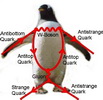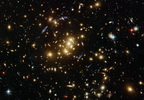The Department of Theoretical Physics (TPD) was formally established in 2008. The main aim of creation of this department is to strengthen the activities in theoretical physics and to promote international links. TPD has now the tradition of carrying out research in a broad range of subjects across theoretical physics. This Department is regularly organizing Schools, Workshops and conferences in various areas of theoretical physics. It has also initiated Teachers training program to promote and enhance the skills and capabilities of physics teachers working in Pakistani Universities and colleges. Researchers at TPD are also supervising M.Phil and PhD students of various universities. The main research areas of TPD include the following:
- Basic Plasma Physics
- Space and Astrophysical Plasmas
- Exotica
- Heavy Quark Physics: B-Meson Physics, New Physics Beyond Standard Model
- Quark Gluon Plasma
- Electronic Properties of Graphene
- Low Dimensional Materials
- Coherent Structures in Plasmas
- Analytical Solutions of Non-linear Partial Differential Equations
- Computational Condensed Matter Physics
- General Relativity and Cosmology
Presently, the following research groups are functioning at TPD:
Plasma Physics
More than 99% visible universe is in plasma state, the fourth state of matter. Plasmas are ionized gases in which long-range electrical and magnetic interactions involving charged particles dominate over collisions between neutral species. Wide ranges of particle energies and particle densities are involved: from the tenuous interstellar medium to dense ablation plumes around the focal spots of high power, short-pulse lasers; from around a hundred million Kelvin associated with nuclear fusion reactions to a few thousand Kelvin in maintaining the electrical conduction in gases.

The Plasma physics group is mostly working in space and astrophysical plasmas and its applications. Plasma physics group generates the theoretical physics knowledge required for realistic extrapolation of present experimental results and suggests new approaches to improve performance. Important contributions to understanding the physics of plasma transport, MHD, and energetic particle behavior etc.
Theoretical High Energy Physics
The research of the THEP group deals with various aspects of the fundamental interactions of the elementary constituents of matter. In particular, perturbative quantum field theory and its applications in heavy flavor physics, cosmology and quark gluon plasma (QGP). In this group the phenomenological aspect of research emphasis on model building and the study of various observables in heavy flavor physics, study of exotic states (pentaquark states), quantum field theory at higher orders and energy loss in QGP and cosmic ray showers.


Condensed Matter Physics
Condensed matter physics is the study of physical phenomena in solids and liquids. In the past, work by condensed matter physicists led to many of the most important technologies of today, such as transistors, lasers, semiconductor technology, LEDs, solar photovoltaics, MRIs, magnetic hard drives, etc. Today, condensed matter physics focuses on new types of materials and phenomena, including exotic quantum phenomena such as superconductivity and superfluidity, some of which may become the leading technologies of the future. This group works mainly on quantum materials-materials exhibiting exotic behavior because of the effect of quantum mechanics. This includes, quantum spin liquids, quantum Hall systems, topological insulators, and topological quantum computing.
Mathematical Physics
As most of the processes in nature are nonlinear so to study these nonlinear systems, one needs knowledge of nonlinear partial differential equations. This group mainly involved in the study of integrable systems, soliton theory, different transformations etc.
Astrophysics and Cosmology
Astrophysics and Cosmology involve the study of the physical processes that govern the behavior of astronomical objects, and the study of the origin, evolution, composition and fate of the Universe as a whole. The majority of the matter in the Universe is not made of the standard model particles we know, but instead of a new component of the Universe, dark matter. So far, dark matter has been detected through its gravitational effects, but deciphering its nature will require measuring its interaction with normal matter. The main objectives of the group include the study of calculating and modeling the physics of the cosmos, relativistic astrophysics, neutron stars, black holes, inflation, cosmic evolution and structures.


